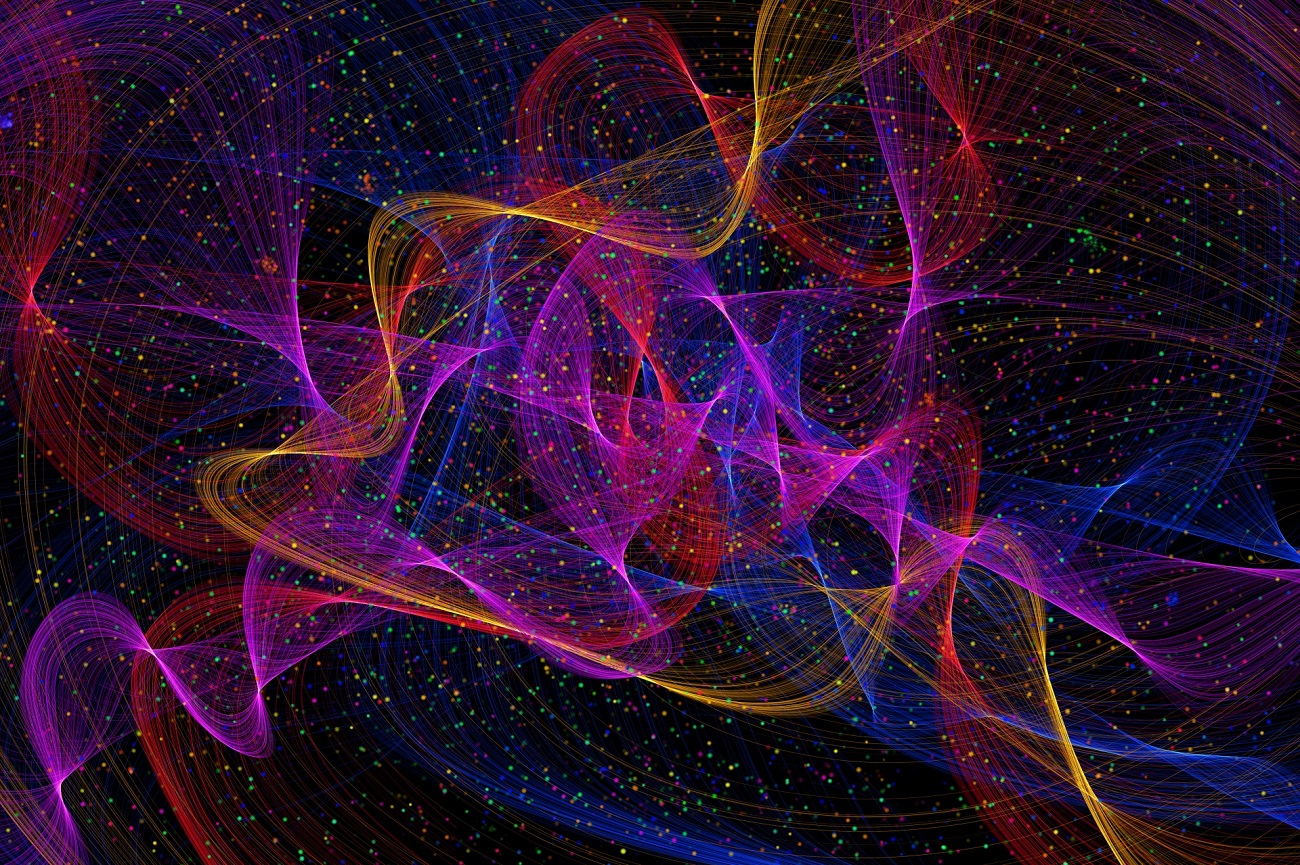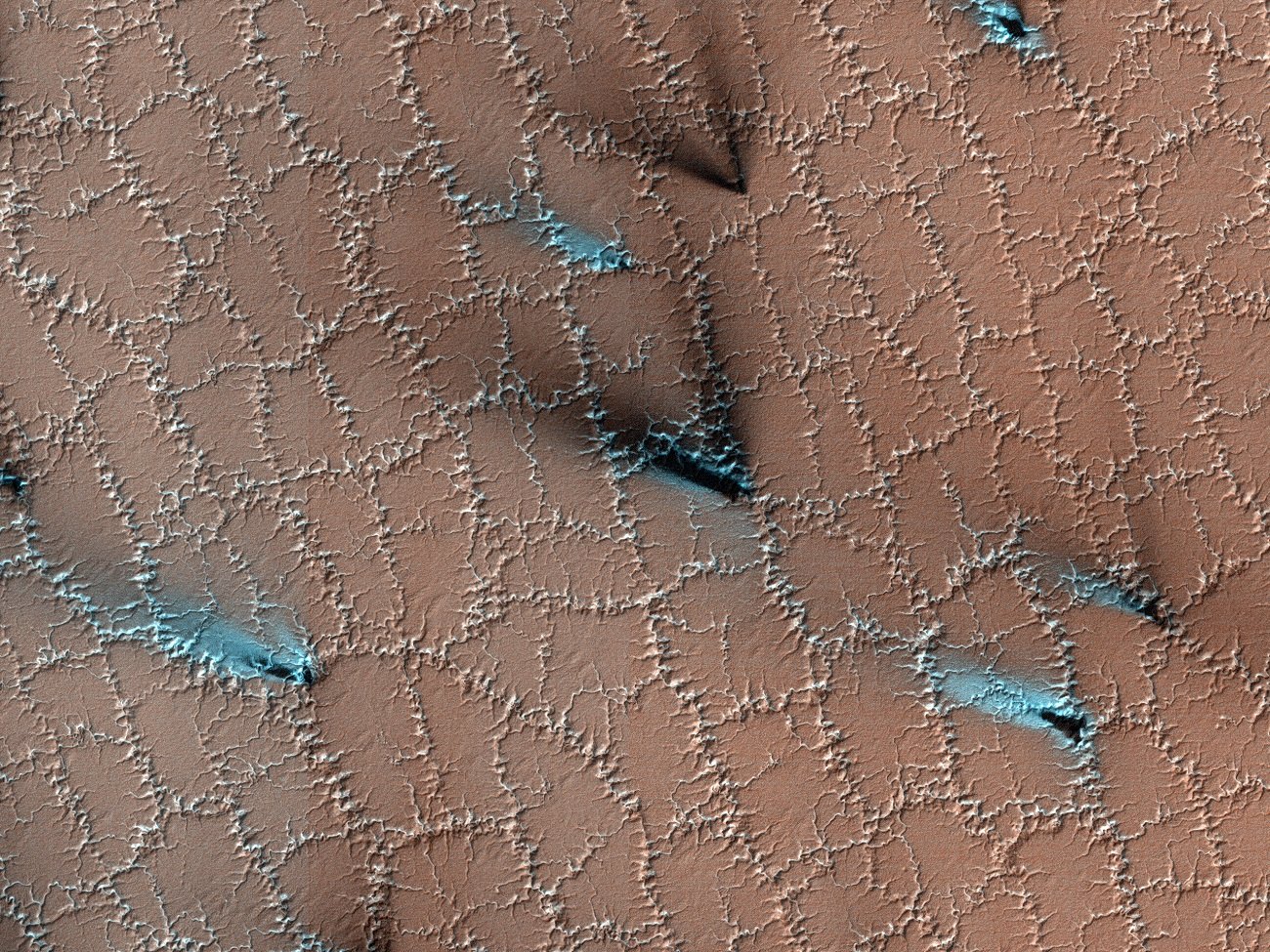Post authors available at nature materials However, they were able to go further: first of all, they clarified the main aspects of the original experiment, in addition, they drew new and not necessarily consistent with previous conclusions. Effect? The world of science is getting better and better at understanding the so-called topological states of matter.
Read also: Unimon will increase the accuracy of quantum computing. Scientists finally have an alternative
What exactly was the research about? The authors used a type of ruthenium chloride magnetic insulator to demonstrate the first example of a magnetic insulator exhibiting the thermal Hall effect. As early as 1977, Phil Anderson described a so-called quantum spin fluid. More than 99 percent of magnetic materials experience what is called a phase transition after cooling to a sufficiently low temperature. However, this is not the case for quantum spin fluids.
To illustrate the concept, imagine trying to seat couples around the dinner table with the rule that each woman must sit between two men and vice versa. If we have a guest arriving alone, this arrangement is ergonomically impossible.
Explains N. Phuan Ong
Sixteen years ago, Alexei Kitaev of the California Institute of Technology found that the same thing could be achieved without resorting to Anderson’s postulates. In 2008, Georges Jaqueli and Gniet Khelulelin of the Max Planck Institute recognized ruthenium chloride as a suitable candidate since it is also an excellent insulator. The story didn’t end there: in 2018, scientists from Kyoto University observed the “semi-quantum” thermal Hall effect predicted by Kitaev’s calculations.
Importantly, the thermal Hall effect is rarely observed in insulators. Since the representatives of Princeton University did not fully agree with the conclusion of the Japanese scientists, they repeated their experiment. They have increased the accuracy of the observations as well as the temperature range. First, they cooled the sample and then subjected it to a strong magnetic field. The next step was to heat one edge of the crystal and measure its temperature gradient.
The experiment lasted six (!) months, during which time the researchers confirmed the occurrence of the thermal Hall effect. What seems to make this insulator so remarkable is the effect of Berry curvature, which acts on charged particles such as electrons as well as neutral particles such as phonons and spins, similar to an intense magnetic field.
Berry curvature is a concept that has been missing for the past 60 years, but has now come to prominence in the last five years or so. The Berry curvature that we prove in this work is actually the cause of Matsuda’s experimental observation [autora z Uniwersytetu w Kioto, przyp. red.]
Ong concludes
Read also: IBM is setting trends again. The new quantum processor promises to be amazing
On the other hand, scientists have not confirmed the existence of the so-called Majorana fermion, Matsuda noted. They argue that if the Kyoto team is right — if the particles are identified as fermions — the signal will be independent of temperature. However, in this case it was different: the signal turned out to be strongly dependent on temperature, which corresponds very closely with the quantum model of topological boson excitation.

Echo Richards embodies a personality that is a delightful contradiction: a humble musicaholic who never brags about her expansive knowledge of both classic and contemporary tunes. Infuriatingly modest, one would never know from a mere conversation how deeply entrenched she is in the world of music. This passion seamlessly translates into her problem-solving skills, with Echo often drawing inspiration from melodies and rhythms. A voracious reader, she dives deep into literature, using stories to influence her own hardcore writing. Her spirited advocacy for alcohol isn’t about mere indulgence, but about celebrating life’s poignant moments.










